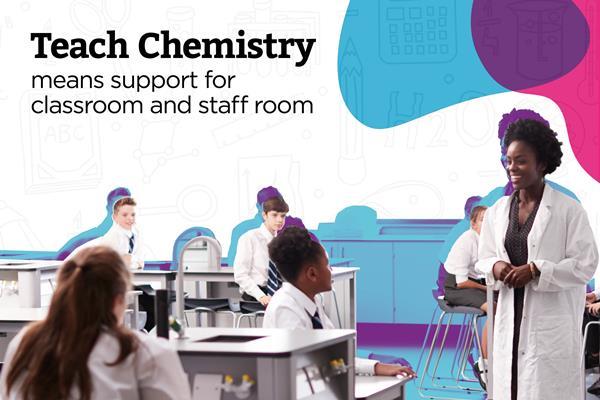How to build understanding of Gibbs free energy

Help your students master this fundamental post-16 topic with these effective tips and teaching strategies
Gibbs free energy is a fundamental post-16 topic students need to master in order to become successful chemists. This article outlines a step-by-step approach to teaching this topic, including illustrating entropy changes with examples, calculating entropy and introducing the Gibbs free energy equation. Use these teaching ideas to enhance students’ understanding of why certain reactions occur and help them get on top of this tricky topic.
Thanks for using Education in Chemistry. You can view one Education in Chemistry article per month as a visitor.

Register for Teach Chemistry for free, unlimited access
Registration is open to all teachers and technicians at secondary schools, colleges and teacher training institutions in the UK and Ireland.
Get all this, plus much more:
- unlimited access to resources, core practical videos and Education in Chemistry articles
- teacher well-being toolkit, personal development resources and online assessments
- applications for funding to support your lessons
Already a Teach Chemistry member? Sign in now.
Not eligible for Teach Chemistry? Sign up for a personal account instead, or you can also access all our resources with Royal Society of Chemistry membership.



